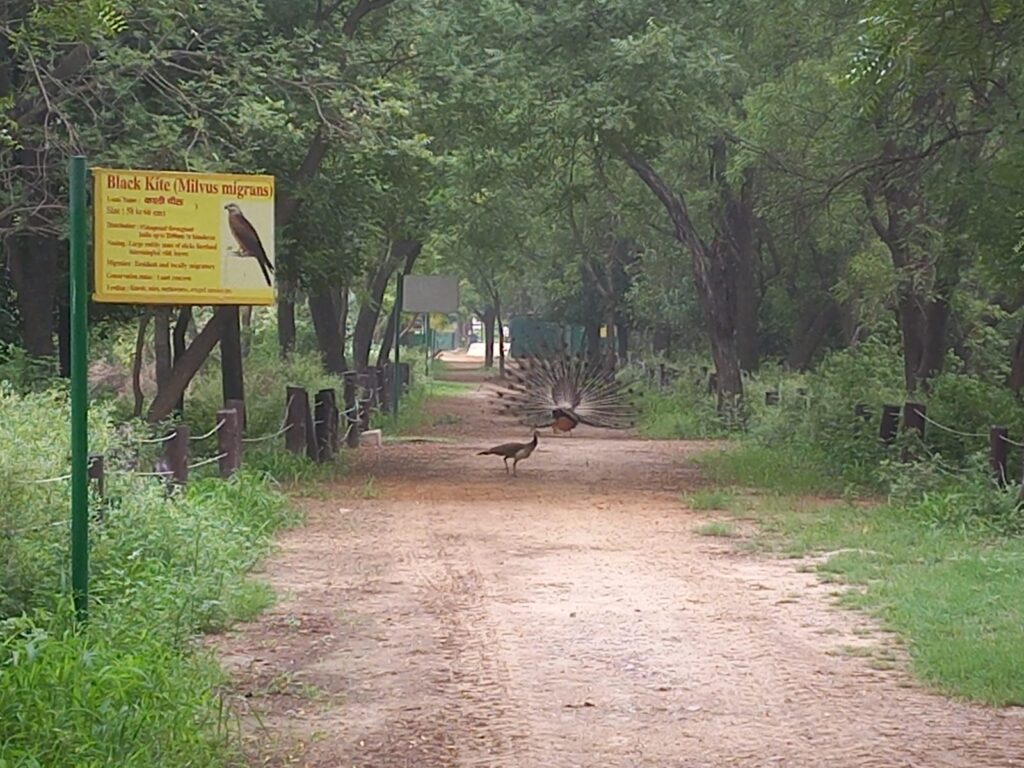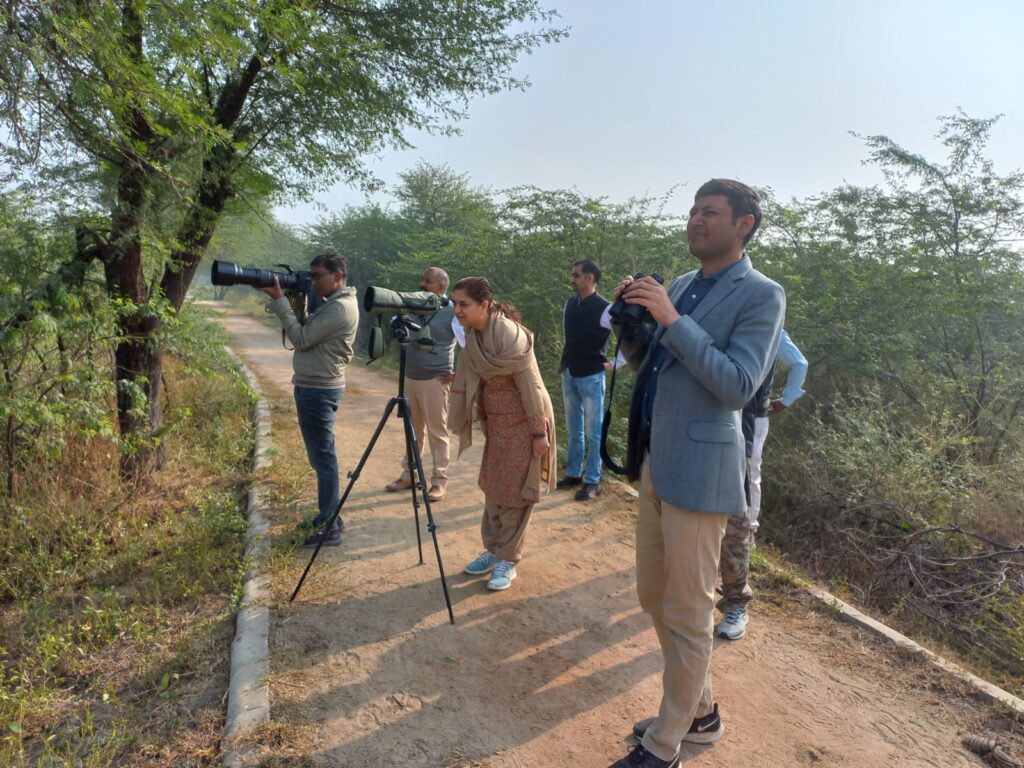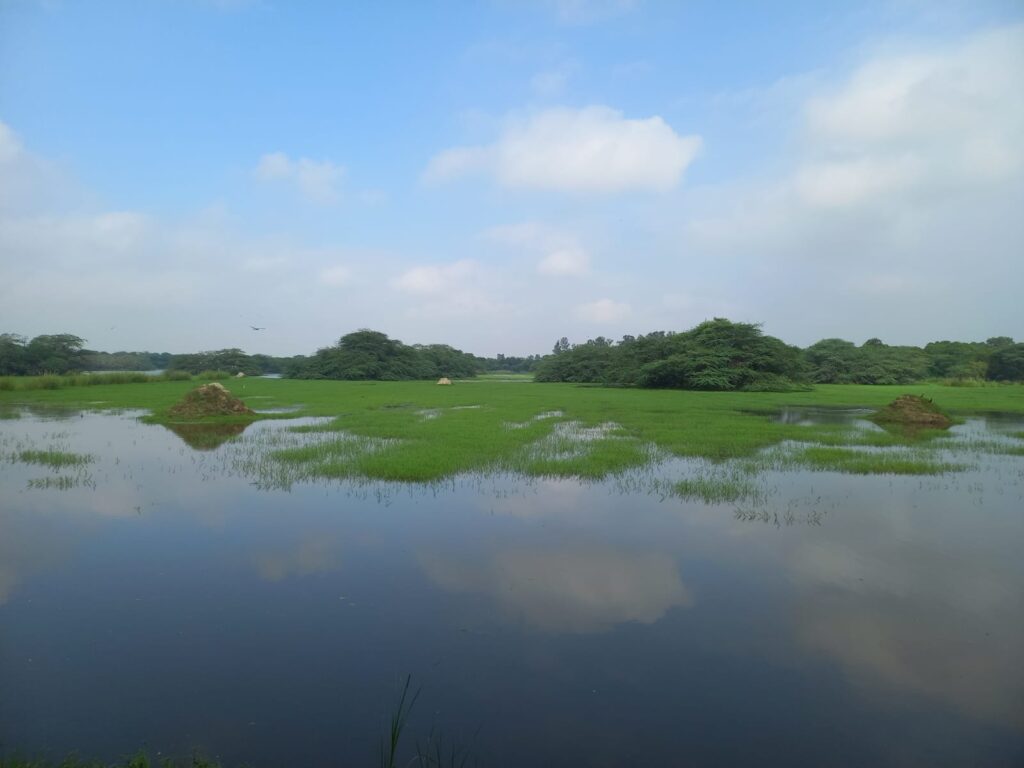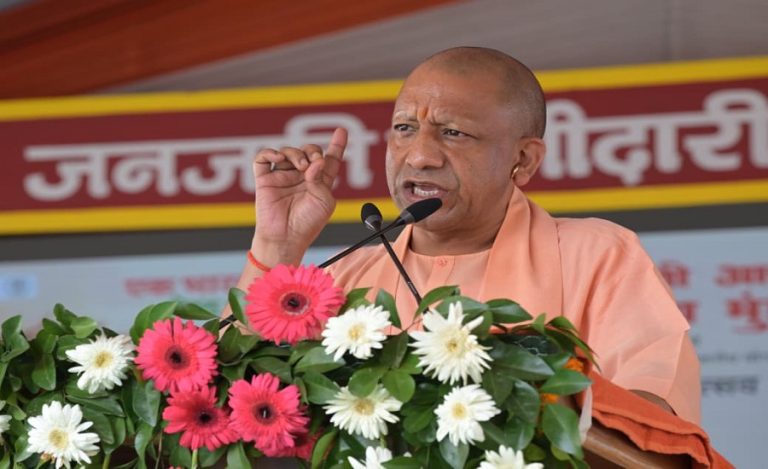The Forest Department of Haryana will create 40 new tree groves in the Sultanpur National Park in Gurugram, to improve bird habitats in the Ramsar wetland, which has approximately 325 species of birds and gets thousands of migratory visitors every year.
Speaking with Indian Masterminds, Chief Conservator of Forest (Wildlife), Gurugram, Mr. M S Malik, IFS, shared more details about this initiative.
40 GROVES FOR BIRDS
Each of the 40 tree groves will have 19 trees which will include both fruit bearing and evergreen trees. The aim of creating groves inside the park is to help the winged creatures to get enough shades and beneficial fruits. “This will also involve planting indigenous tree species that will boost green cover and also aid conservation of biodiversity at the park,” Mr. Malik said. The work will finish by November this year.

VARIETY OF SPECIES
A variety of trees are being planted, from fruit bearing ones to shady trees which are required and beneficial for the birds. Some of the fruit bearing plants which are to be planted include Asoka, Neem, Mango, Guava, Gulhar, Pilkhan, Kadamb, Bargad (Banyan) and Peepal.
Evergreen trees such as Palash, Teak, Sal, Shisham, Hurra, Mahua, Amla, Semul, Kusum and others will also be planted.
The Sultanpur National Park has approximately 325 species of birds. Out of these, 100 birds are migratory and 225 are local bird species. “The birds that visit the national park include Waders (water dependent birds), Duck (require slightly deeper waters) and Warblers (prefer reeds),” Mr. Malik said.

IMPROVING THE ECOSYSTEM
To improve the habitats, the park administration is taking multiple steps. “Firstly, there is the positive involvement of the local people residing near the forest area. Schools near the national park hold camps inside the park, so we guide and teach them about the birds and other animals in the park,” Mr. Malik informed Indian Masterminds.
Further, they are planning to rejuvenate some of the ponds inside the park and creating plantations outside the Sultanpur National Park by next year.

For the inside safety of the park, the administration has long boundary walls and proper visitors paths, including electric vehicles for the visitors to move around. “We also have an interpretation centre to guide people about the park. Apart from this, we also have bird hide installed in the park, where visitors can sit and watch the birds without any disturbance. It’s an ecosystem which we are continuously trying to improve,” the officer said in conclusion.

































